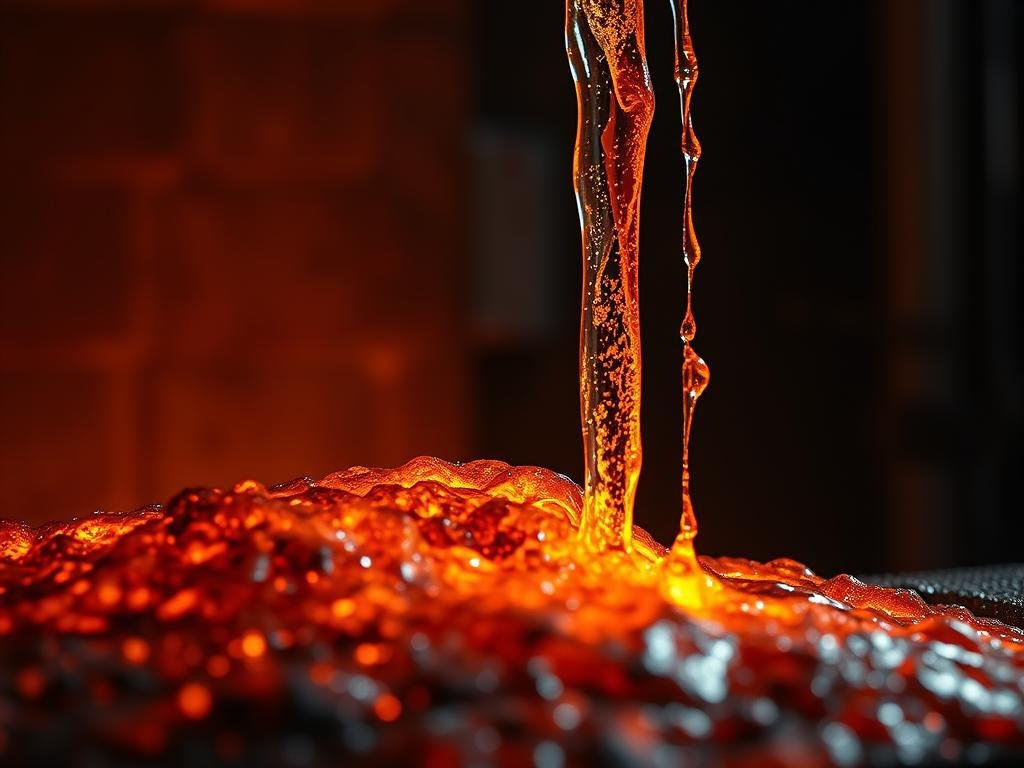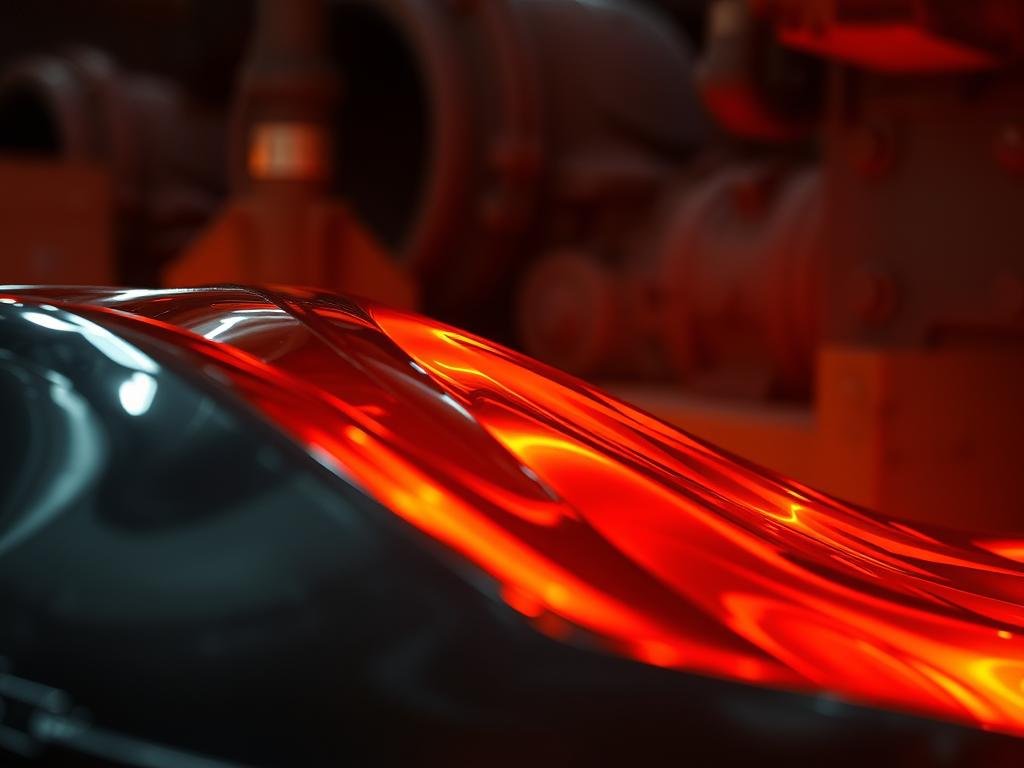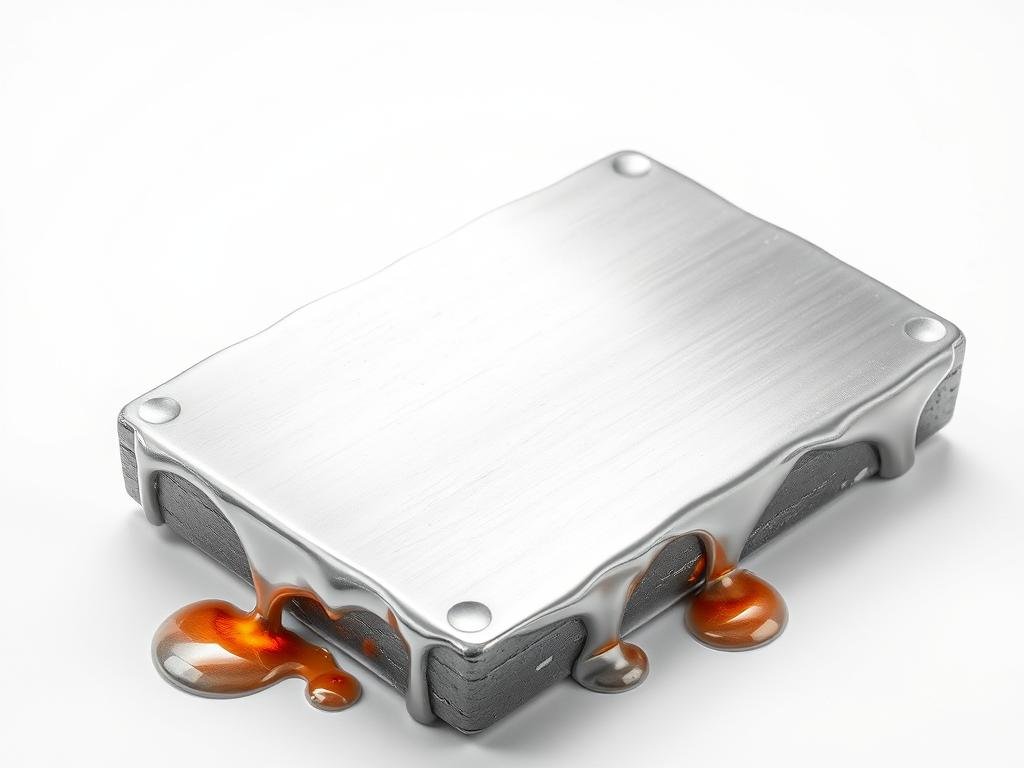Nearly 60% of high-temperature failures trace back to choosing a material without checking its true fusion range. That single fact shifts how engineers design, weld, and process metal parts.
Stainless alloy compositions vary by grade, so this metal does not have one fixed temperature. Typical ranges sit near 1,400–1,530°C (2,550–2,790°F), with common grades like 304 and 316 each showing slightly different behavior.
This guide explains why a range matters for casting, welding, heat treatment, and machining. You’ll see how tolerances and surface finish respond when parts approach critical heat levels.
Rapidaccu brings 15+ years of CNC machining and manufacturing experience to these choices. From prototype to production, we pick materials and process windows that protect dimensional accuracy and surface quality.
For quick reference and authoritative numbers, visit a detailed resource on typical temperature ranges and grade data.
Typical melting ranges and grade data
Stainless Steel Melting Point Basics and Why It Matters Today
Difficult part distortion often signals a mismatch between process heat and material limits. Understanding when a solid becomes liquid at normal atmospheric pressure helps engineers set safe process windows.
A melting point marks that phase change, but alloys show a range because each element melts at different temperatures. For common grades, expect roughly 1,400–1,530°C (2,550–2,790°F). Rapidaccu uses these limits to guard dimensional accuracy and surface finish from prototype through production.
Key effects on manufacturing and design
- Welding and casting: precise heat input prevents distortion and burn-through.
- Microstructure: cooling rates affect corrosion resistance and mechanical properties.
- Process safety: softening can occur below fusion range, so safety margins matter.
| Parameter | Typical Range | Manufacturing Impact |
|---|---|---|
| Fusion range | 1,400–1,530°C / 2,550–2,790°F | Defines max heat for welding and casting to avoid liquid phases |
| Softening onset | Below fusion (varies by grade) | Can reduce strength and alter tolerances during machining |
| Cooling rate | Fast to slow (process dependent) | Controls microstructure, corrosion resistance, and repeatability |
whats is the stainless steel melting point
Authoritative fusion range: 1,400–1,530°C (2,550–2,790°F). This interval exists because alloy constituents liquefy at different temperatures.

Why alloys show a range
Iron, chromium, and nickel each bring distinct thresholds. Iron melts near 1,535°C, chromium around 1,890°C, and nickel about 1,453°C.
When combined, these values blend into a window rather than a single mark. Nickel-rich mixes lower the fusion window while chromium tends to raise it.
Practical effects and examples
304 stainless steel, an austenitic stainless alloy, typically melts around 1,400–1,450°C. That lower melting range matters during welding and casting.
- Onset vs full liquefaction: parts begin to soften at the low end; complete melt occurs toward the high end.
- Minor elements such as carbon, molybdenum, or manganese nudge the window and affect weldability.
- Knowing exact alloy and heat lot lets Rapidaccu set CNC thermal limits to preserve surface finish and tolerances.
| Factor | Typical effect | Manufacturing impact |
|---|---|---|
| Nickel content | Lowers fusion window | Requires tighter temperature control during fabrication |
| Chromium content | Raises fusion window | Affects heat input for welding and casting |
| Minor alloying (C, Mo, Mn) | Small shifts in range | Changes weldability and heat treatment strategy |
How Melting Points Vary Across Different Grades of Stainless Steel
Grade chemistry controls how an alloy behaves near its fusion window, and that matters on the shop floor.
Austenitic examples: 304 and 316
Austenitic alloys, such as 304 stainless steel and 316 stainless steel, include more nickel. That extra nickel lowers the melting range. These grades melt lower than many ferritic mixes and offer good ductility for forming and welding.
Ferritic and martensitic behavior
Ferritic and martensitic stainless steels usually sit higher in temperature. Grade 430 shows a wider upper limit, which helps when parts need larger thermal margins or specific mechanical strength at heat.
Quick reference ranges
Use these representative ranges when drafting process notes and weld procedures.
| Grade | Representative range (°C) | Manufacturing note |
|---|---|---|
| 304 stainless | 1,400–1,450 | Good formability; lower melting point; careful heat control |
| 316 stainless steel | 1,375–1,400 | Better corrosion resistance; molybdenum lowers fusion window |
| 430 (ferritic) | 1,425–1,510 | Higher upper limit; suited to elevated-temperature uses |
- Higher nickel = lower melting; plan preheat and filler choice accordingly.
- Correct grade ID prevents overheating and distortion.
- Embed grade ranges into CAD/CAM notes for consistent machining.
For a compact reference on grade ranges, see detailed melting ranges.
Determining the Melting Point: Methods Engineers Trust
Several established test methods give clear, repeatable melt ranges for complex alloys used in production.

Differential scanning calorimetry (DSC) is the lab standard for precision. It tracks heat flow and shows endothermic peaks that mark onset and completion of phase change.
Thermocouples and infrared pyrometry
Thermocouples and IR pyrometers provide practical temperature readings on the shop floor. They spot when liquefaction begins during controlled heating and help validate lab data under real process conditions.
Capillary and optical observation
The capillary method places a small sample in a thin tube and heats it about 1°C per minute. Visual inspection records when the sample becomes fully liquid. This simple method helps determine melting point where instrumentation access is limited.
| Method | What it measures | Use in manufacturing |
|---|---|---|
| DSC | Heat flow peaks (onset & completion) | Pinpoints melting points for certification and models |
| Thermocouple / IR | Surface and core temperatures | Real‑time shop validation during welding and casting |
| Capillary / optical | Visual liquefaction at slow ramp | Simple verification for traceability and QC |
Engineers combine these methods to triangulate reliable ranges. Accurate melt data feeds FEM thermal models, sets safe weld windows, and guides Rapidaccu when aligning machining feeds, coolant, and fixture design to protect dimensional stability and surface finish.
From Prototype to Production: What Melting Point Means for CNC Machining
Small increases in local temperature can quietly erode tolerances and alter surface finish on precision parts. That risk rises when materials approach their fusion window or when secondary operations add heat.
Heat input, surface finish, and dimensional stability at high temperatures
Control cutting heat through tooling choices, feeds, and coolant. Doing so preserves tight tolerances and avoids discoloration or scale that damage passivation.
High temperatures reduce tensile strength near welded joints and can create springback or bowing. Plan toolpaths and fixture design to spread and evacuate heat.
Material selection by application: corrosion resistance, tensile strength, and heat resistance
Choose grades based on service loads and environments. For example, 316 stainless steel (1,375–1,400°C) offers extra corrosion resistance but needs tighter thermal control during machining.
304 (1,400–1,450°C) suits many general uses, while ferritic grades like 430 (1,425–1,510°C) give higher upper temperature margins for specific strength needs.
Rapidaccu’s precision approach to stainless steel grades in machining
Rapidaccu leverages 15+ years of CNC expertise to match materials and parameters. We validate process windows from prototype to production and document feeds, coolant, and fixture setups that consistently meet cosmetic and dimensional goals.
- Manage heat via tool selection, coolant delivery, and optimized toolpaths.
- Compensate for thermal drift after welding or heat treatment with fixture and sequence adjustments.
- Match grade choice to corrosion, tensile strength, and operational temperature to reduce rework.
| Grade | Representative range (°C) | Machining note |
|---|---|---|
| 316 stainless steel | 1,375–1,400 | Better corrosion resistance; requires precise heat control |
| 304 stainless | 1,400–1,450 | Good formability; balance of strength and machinability |
| 430 (ferritic) | 1,425–1,510 | Higher upper range; useful when added thermal margin needed |
Contextualizing Stainless Steel: Melting Point vs. Other Metals
Comparing fusion behavior across common metals helps engineers plan safe heat paths in mixed assemblies. Stainless alloys generally sit much higher than common non‑ferrous metals, so they keep form where softer alloys may deform or liquefy.
How stainless compares to aluminum and copper in high-temperature processes
Aluminum and copper show lower melting points and faster metal melting under similar heat input. That means aluminum can lose shape well before a stainless grade reaches its fusion range.
Because austenitic stainless alloys often melt lower than ferritic or martensitic types, welders must tune interpass control and filler selection accordingly. Rapidaccu advises material pairing to avoid over‑heating non‑ferrous parts during joins.
Implications for welding, casting, and post-processing
- Choose preheat and filler based on family: austenitic, ferritic, or martensitic stainless steels change strategies for resistance to cracking and corrosion.
- In mixed‑metal assemblies, differential expansion and a lower melting point of non‑ferrous parts require staged heating and tailored fixture design.
- Casting and post‑processing demand tuned heat input and cooling rates to protect surface finish and mechanical properties across the full range.
Understanding melting points and full fusion ranges lets teams set safe margins for brazing, stress relief, and surface treatments. Proper thermal planning improves structural performance, resistance to corrosion, and final cosmetics in assemblies.
Conclusion
Practical temperature data turns risk into predictable outcomes on the shop floor. A clear steel melting point range near 1,400–1,530°C (2,550–2,790°F) guides process limits for 304 stainless steel (≈1,400–1,450°C), 316 (slightly lower), and ferritic 430 (higher).
Use these melting points to set thermal margins. High temperatures could reduce tensile strength, distort parts, or weaken welded joints before full metal melting occurs. Monitor interpass temperatures and document controls.
Pair melting points with material data to protect finish and corrosion resistance. Rapidaccu, with 15+ years in precision CNC machining, can apply these limits to CAD/CAM, toolpaths, and process sheets to deliver repeatable accuracy and class-leading surface finish from prototype to volume.

